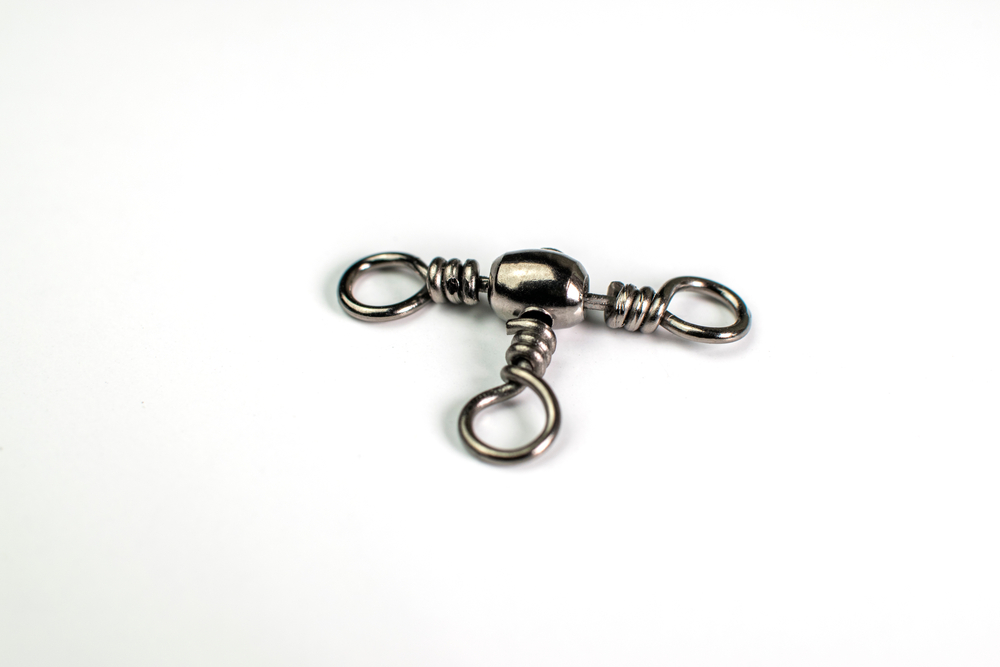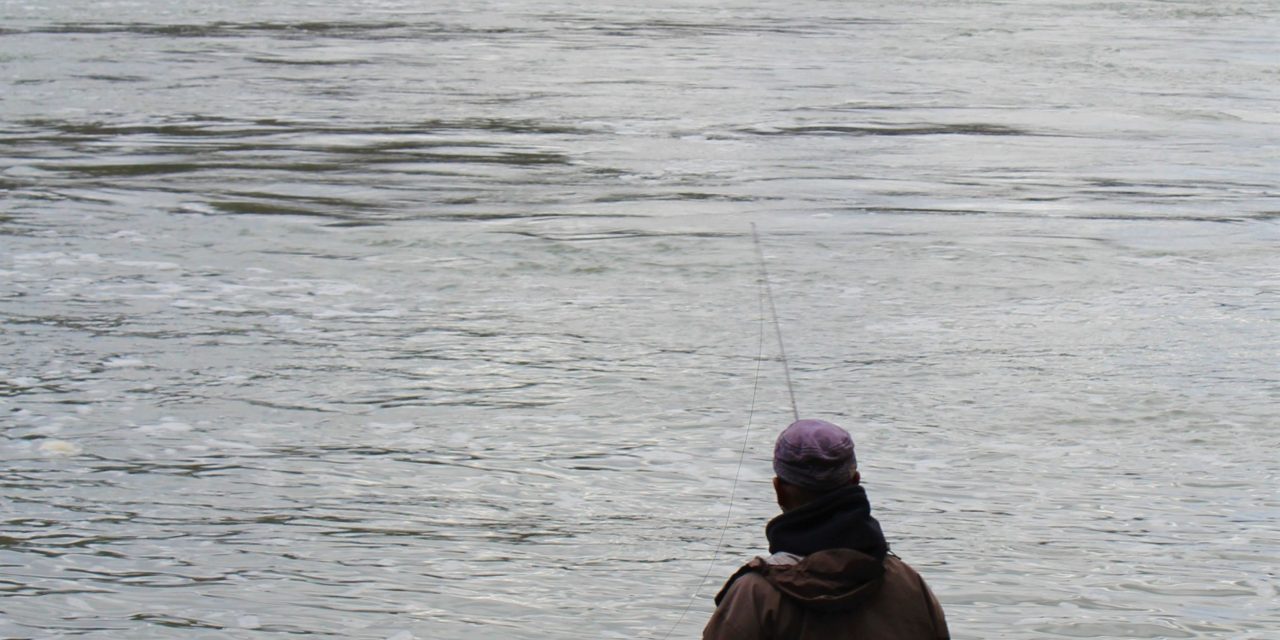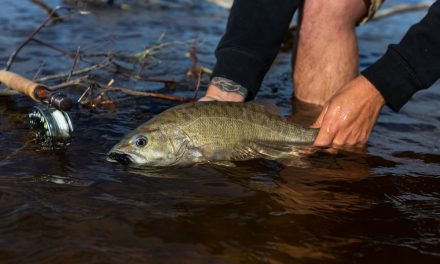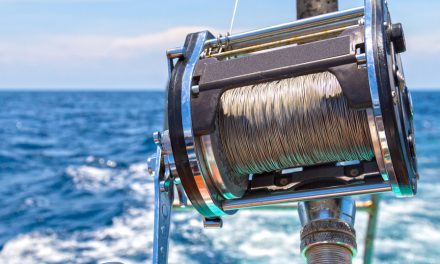Nestled between Lake Erie and Lake Ontario, with a current influenced by the mighty Niagara Falls and hydroelectric dams along the way; the Niagara River is every angler’s dream. Part migratory river and outflow as part of the Great Lakes system, this river is a top fishery found on the border of Canada and the US.
With various salmon species chased by steelhead for their roe, the chances of hitting a trophy are likely. But there are some tricks to angling on this ever-changing river with unseen obstructions, fluctuating water levels, and a dynamic current. In this guide, you will get a hands-on tutorial for two of the most popular methods of fishing on the Niagara River; the drop shot rig and the three-way swivel rig.
Terminology
To fish like a local, you should know the lingo with these commonly used terms:
Rig: A rig is a general term for a fishing line that has an attachment.
Drop shot: is a rig that allows the bait to mingle in the current on an attached line, while a weight sits on the bottom.
A three-way swivel: is a special attachment with three eyelets that allow for additional segments or line.
Jigging: an act of bottom fishing by shaking the rod to mimic twitched or a slight jerk movement with bait.
The Drop Shot Rig

Image credits: The Fishing Hobby via Instructables
Materials Needed
- Rod and reel combination
- Monofilament fishing line
- Fishing hook
- Weights (recommended 1/8th oz for under 20 feet, or up to 3/8th oz for more than 20 feet)
Where to Use a Drop Shot

Image credits: Bayri Gonzalez via Unsplash
A drop shot can be used from both a boat or shore. However, when utilizing this rig from the shore be cautious of obstructions such as weeds and fallen branches, which may be skirted near the shore of the upper Niagara River. Although, this can be used on the lower river, don’t even think about casting in a heavy current. Of course, the decision to use a drop shot will vary on the fluctuating water levels, but you are welcome to experiment with heavier weights, or a snap swivel, just expect a line twist or two.
Step by Step: How To Set up a Drop Shot Rig
Step One: To begin, do a basic setup of your rod and reel with a teardrop weight tied on the end.
Step Two: Approximately 12 to 30 inches above the bottom weight, pinch the line and feed it through the hook’s eyelet. You can get a better idea in the picture below.
Step Three: Pull the hook down so that there are a couple of inches leading to a loop. Now intertwine the line, so you are left with a complete circle with the hook hanging out. But, be cautious of sticking yourself with the hook or getting it stuck in the line.
Step Four: Pull the loop end over the circle. Once again, be cautious of the hook, here. The shrinking loop from before should now be a knot around the hook. As a result, you should be left with a weighted line and other shorter segments with a hook. It should look like the image below.

Image credits: The Fishing Hobby via Instructables
Step Five: Take any soft plastic baits, swim bait, or worms and feed the bait on when you are ready. In practice, the bait will float freely in the current while the weight keeps the line in place.
The Three-Way Swivel Rig
Materials Needed
- Rod and reel combination
- Three-way-swivel (tri-point or t-shaped)
- Teardrop weights (1/8th oz to 3/8th oz depending on the current)
- Hooks
- Monofilament fishing line
Where to Use the Three-way Swivel

Image credits: 70154 via Pixabay
On the upper Niagara River, you can troll, but drift floating is the preferred method. Alternatively, trolling and drift floating can also be used on the lower river near the mouth of Lake Ontario. The three-way swivel can be implemented from the shore on the upper and lower parts of the Niagara River.
Step by Step: How to Set up a Three-Way Swivel
Step One: The three-way swivel is similar to the setup of a drop shot and uses a swivel instead of a knot hooked on the line. To begin, pull the fishing line from the spooled rod and reel. Using your knot of choice, fed the fishing line onto an eyelet and tie it off.
Step Two: For this next step, cut a piece of monofilament between 6 and 10 inches. Feed the line into the eyelet and knot off the end. Now, with the free end of the fishing line, feed it onto a teardrop weight, and knot off the end. At this point, you should have two of the three points of the swivel occupied.

Image credits: Andrey Gor via Shutterstock
Step Three: From the monofilament spool, cut a piece of fishing line that is 18 to 20 inches in length. Feed the line through the last free point of the three-way swivel and tie it off with a knot. At the free end, tie on a hook and tie off the end.
Step Four: The final result should be a three swivel with one hooked segment and one weighted segment. However, if you prefer to run more than one hook, replace the weighted end with the fishing line leading to another three-way swivel. From here, repeat steps two and three to have a double hook three-way swivel.
Just the Start
The Niagara River is unique in that the fishing is never the same from day to day. But local anglers know one thing to be true, and it’s learning to adapt to the ever-changing water levels and current. As the fish species of Lake Erie and Lake Ontario change with the seasons, so does an angler’s approach to this connected waterway. These are the best rigs when fishing on the Niagara River. Other methods like spinners and even a worm on a hooked jig bounced from the bottom are effective, but it truly depends on the water, that day.






 E-Newsletter
E-Newsletter